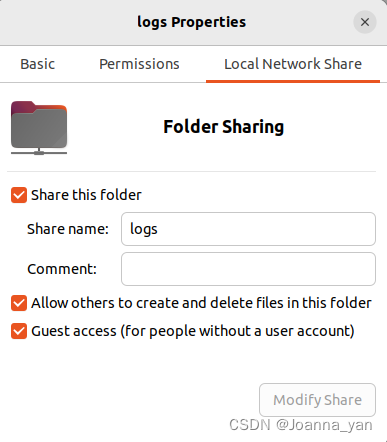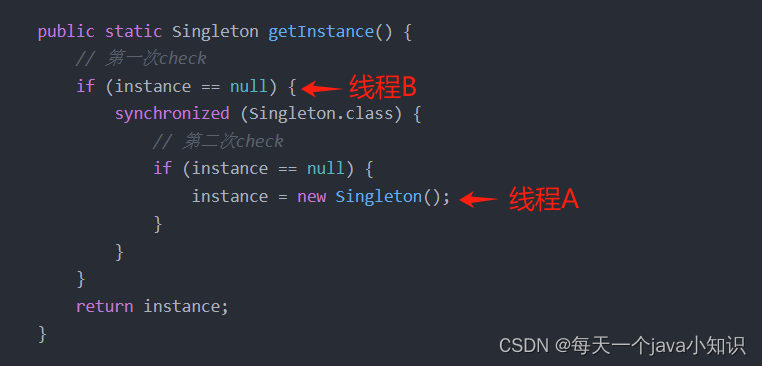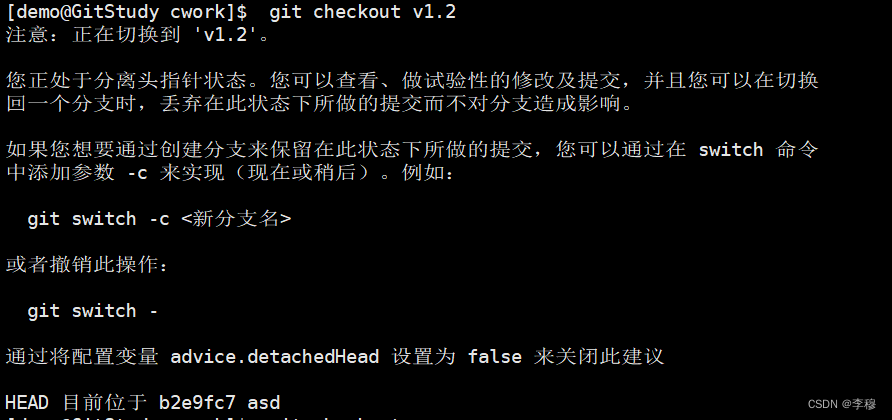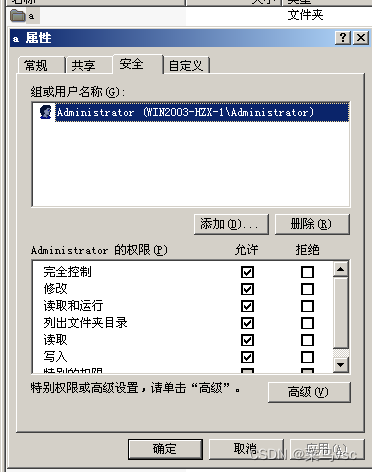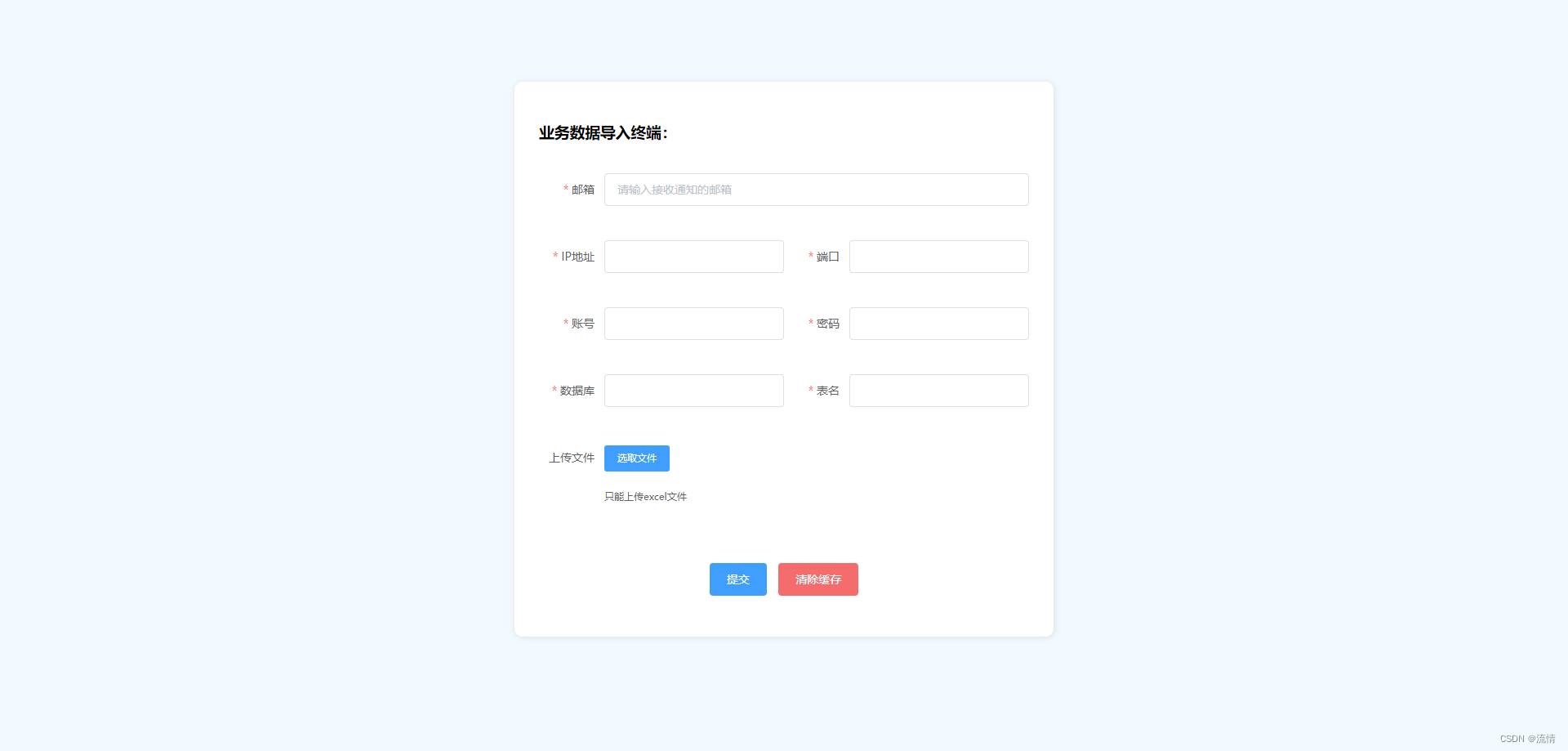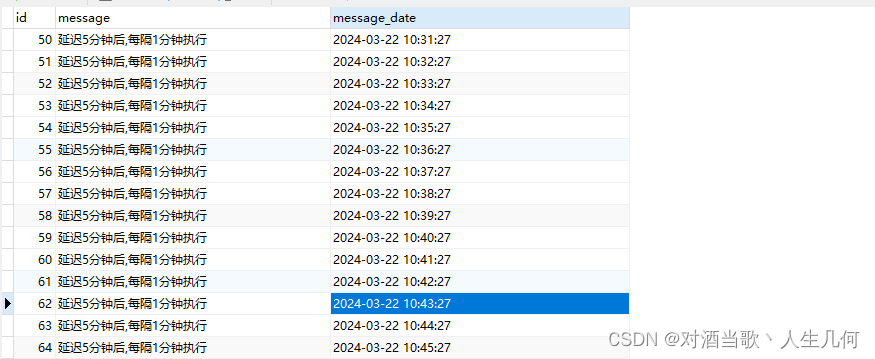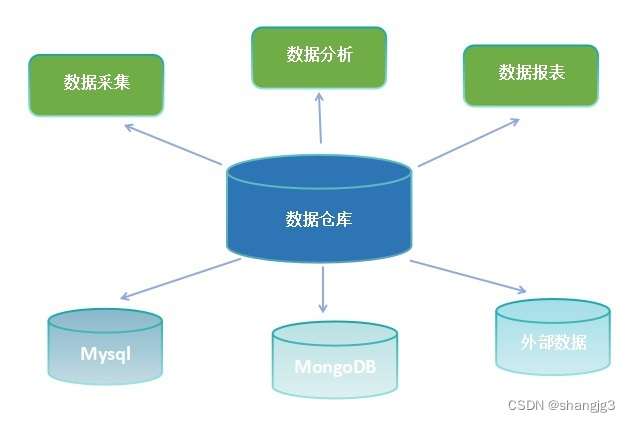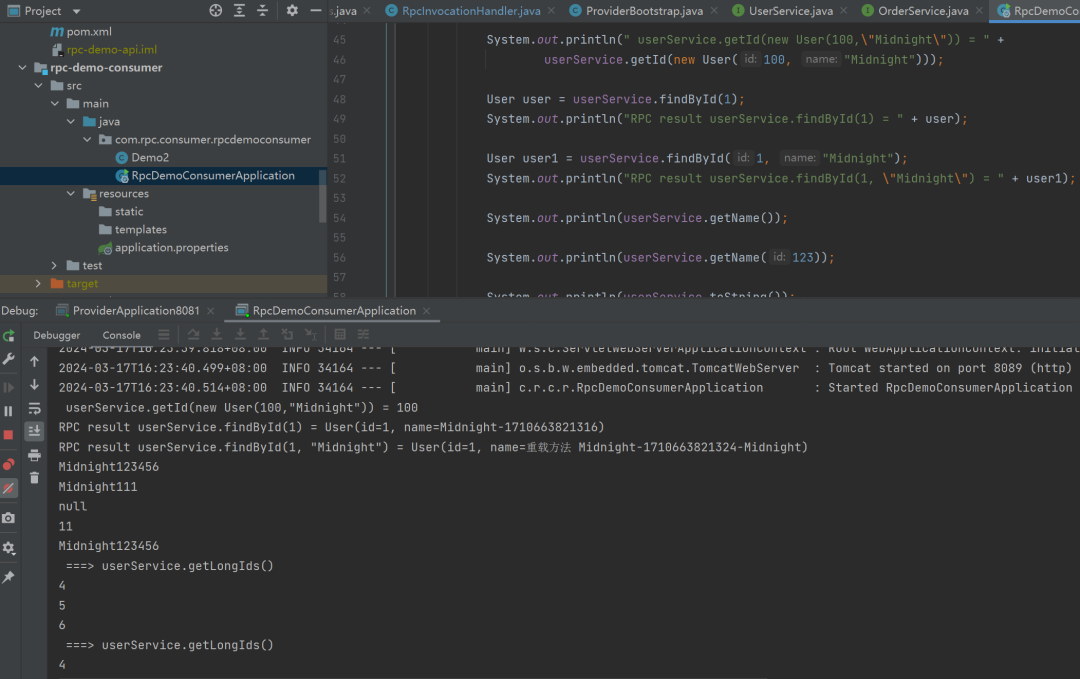目录
理论
工具
方法实现
参考文献
理论
通用空间模式(CSP)是生物医学信号处理领域的一项流行技术,已广泛应用于各种应用,特别是在医疗保健行业。它是一种空间滤波技术,用于从多通道生物医学信号(例如脑电图(EEG)或脑磁图(MEG))中提取特征。 CSP 的目标是找到一组空间滤波器,可以根据协方差矩阵有效地区分两类信号。
CSP 的数学基础基于线性代数和多元统计方法。 CSP 涉及使用空间滤波器将 EEG 数据从时域转换到空间域。它将空间滤波器应用于多通道 EEG 数据,以增强一类的信号方差,同时减少同一域内另一类的信号方差。此过程会产生新的特征(组件),它们是原始通道的线性组合。空间滤波器的目标是找到一组空间权重,最大限度地区分两类或更多类脑电图数据。
例如,在典型的 CSP 分析中,EEG 数据可以分为两类:一类表示与任务相关的认知状态(例如,想象左手的运动),另一类表示基线状态(例如,闭眼休息)。然后,CSP 方法找到一组空间权重,最大限度地区分这两类 EEG 数据。
CSP 中使用的空间滤波器通常通过求解广义特征值问题来计算。广义特征值问题涉及找到最大限度地区分两类脑电图数据的矩阵的特征向量。该过程涉及计算两个类别的复合协方差矩阵的特征向量。这些特征向量(空间滤波器)将脑电图信号投影到一个新的空间中,在该空间中,类按照方差进行最佳分离。换句话说,得到的空间滤波器基本上是一组权重,可以应用于 EEG 数据以获得一组新的空间滤波数据,强调两类之间的差异。
通过对原始 EEG 数据和空间滤波数据应用空间滤波,可以进一步细化 CSP 方法。这产生了一组空间过滤器,可用于提取与特定认知状态或任务相关的大脑活动的空间模式。
CSP已广泛应用于医疗保健行业的各种应用,包括癫痫和帕金森病等各种神经系统疾病的检测、睡眠阶段的分类以及脑电图信号的运动意图的分类。
在本文中,我们将重点关注 CSP 在医疗保健行业的应用,并提供详细的示例和 Python 代码来展示 CSP 如何在实际项目中使用。
常见空间模式在医疗行业的应用:
癫痫检测:CSP 已用于通过分析癫痫发作期间记录的 EEG 信号来检测癫痫。 CSP 用于从 EEG 信号中提取特征,然后将其用作分类器的输入,以区分癫痫发作和正常 EEG 信号。
睡眠阶段的分类:CSP 通过分析睡眠期间记录的脑电图信号来对睡眠阶段进行分类。 CSP 用于从 EEG 信号中提取特征,然后将其用作分类器的输入以区分不同的睡眠阶段。
运动意图分类:CSP 通过分析运动过程中记录的脑电图信号来对运动意图进行分类。 CSP 用于从 EEG 信号中提取特征,然后将其用作分类器的输入以区分不同的运动意图。
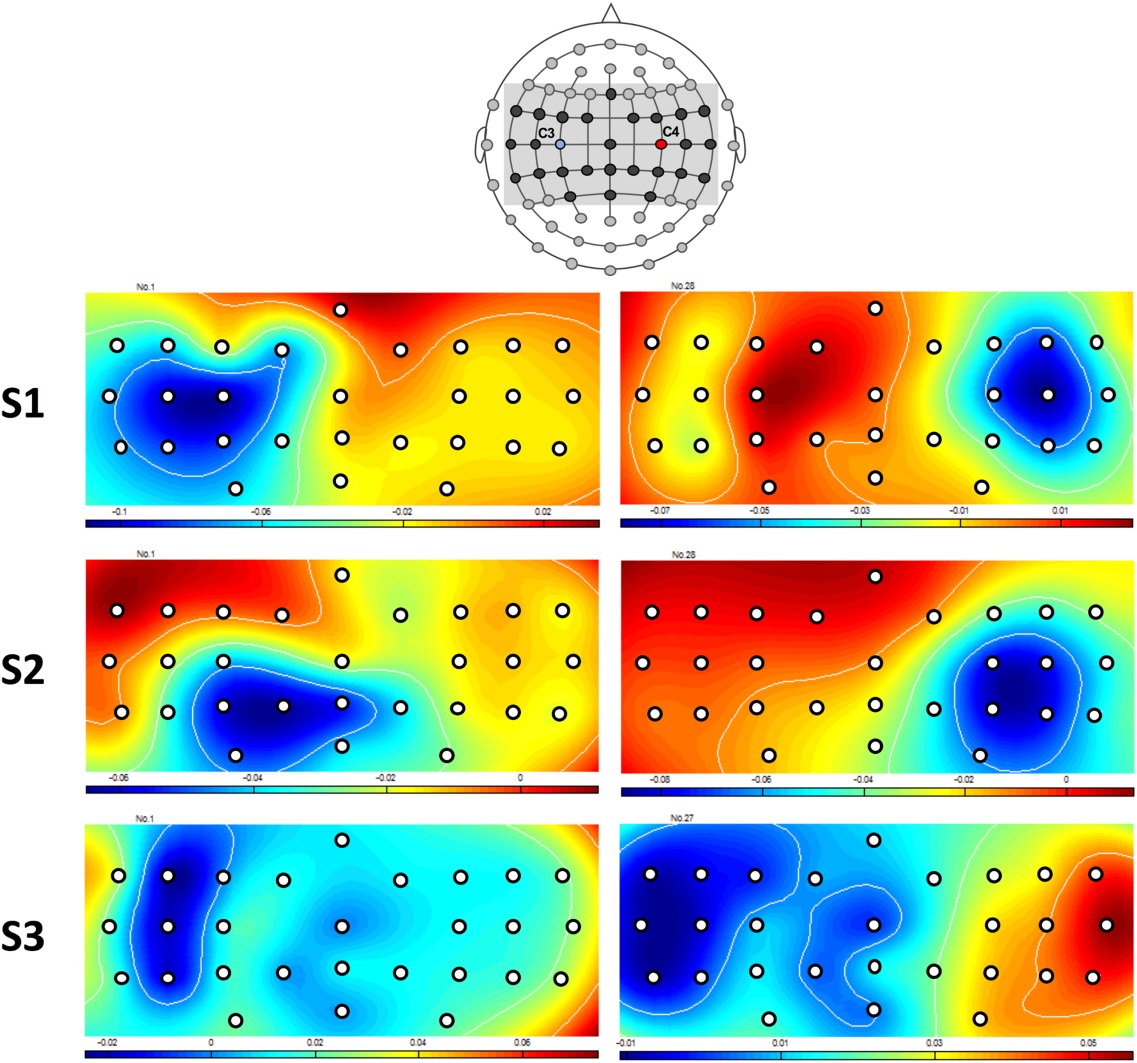
工具
python开发环境
方法实现
自定义CSP函数和LDA癫痫脑电二分类
# Import necessary libraries
import numpy as np
from sklearn.discriminant_analysis import LinearDiscriminantAnalysis as LDA# Load EEG data for epileptic and non-epileptic patients
eeg_epileptic = np.loadtxt('eeg_epileptic.csv', delimiter=',')
eeg_non_epileptic = np.loadtxt('eeg_non_epileptic.csv', delimiter=',')# Define CSP function
def csp(X, y, n_components):# Calculate covariance matrices for each classcovs = [np.cov(X[y==i].T) for i in np.unique(y)]# Calculate whitening transformation matrixD = np.concatenate(covs)E, U = np.linalg.eigh(D)W = np.dot(np.diag(np.sqrt(1/(E + 1e-6))), U.T)# Whiten dataX_white = np.dot(X, W.T)# Calculate spatial filtersS1 = np.dot(np.dot(covs[0], W.T), W)S2 = np.dot(np.dot(covs[1], W.T), W)E, U = np.linalg.eigh(S1, S1 + S2)W_csp = np.dot(U.T, W)# Apply spatial filtersX_csp = np.dot(X_white, W_csp.T)# Select top CSP componentsX_csp = X_csp[:, :n_components]return X_csp# Apply CSP to EEG data
X_epileptic_csp = csp(eeg_epileptic[:, :-1], eeg_epileptic[:, -1], 4)
X_non_epileptic_csp = csp(eeg_non_epileptic[:, :-1], eeg_non_epileptic[:, -1], 4)# Combine data and labels
X = np.concatenate([X_epileptic_csp, X_non_epileptic_csp])
y = np.concatenate([np.ones(len(X_epileptic_csp)), np.zeros(len(X_non_epileptic_csp))])# Train LDA classifier
lda = LDA()
lda.fit(X, y)# Load test EEG data
eeg_test = np.loadtxt('eeg_test.csv', delimiter=',')# Apply CSP to test EEG data
X_test_csp = csp(eeg_test[:, :-1], eeg_test[:, -1], 4)# Classify test EEG data using LDA
y_pred = lda.predict(X_test_csp)# Print predicted class labels
print(y_pred)使用mne库函数实现CSP
import numpy as np
import mne
from mne.decoding import CSP
from sklearn.discriminant_analysis import LinearDiscriminantAnalysis as LDA# Load EEG data from EDF files
eeg_epileptic = mne.io.read_raw_edf('eeg_epileptic.edf', preload=True)
eeg_non_epileptic = mne.io.read_raw_edf('eeg_non_epileptic.edf', preload=True)
eeg_test = mne.io.read_raw_edf('eeg_test.edf', preload=True)# Extract data (assuming the data is preprocessed)
# The way of extracting labels might change based on how they are stored in the EDF files
X_epileptic = eeg_epileptic.get_data().T # Transpose to get correct shape
y_epileptic = np.ones(X_epileptic.shape[0]) # Replace with actual method of obtaining labelsX_non_epileptic = eeg_non_epileptic.get_data().T
y_non_epileptic = np.zeros(X_non_epileptic.shape[0]) # Replace with actual method of obtaining labelsX_test = eeg_test.get_data().T
# y_test for evaluation (if available)# Combine data and labels for training
X_train = np.concatenate([X_epileptic, X_non_epileptic])
y_train = np.concatenate([y_epileptic, y_non_epileptic])# Define and apply CSP
n_components = 4
csp = CSP(n_components=n_components, reg=None, log=None, norm_trace=False)
X_train_csp = csp.fit_transform(X_train, y_train)# Train LDA classifier
lda = LDA()
lda.fit(X_train_csp, y_train)# Apply CSP to test data and make predictions
X_test_csp = csp.transform(X_test)
y_pred = lda.predict(X_test_csp)# Print predicted class labels
print("Predicted labels:", y_pred)# Optional: Evaluate model performance (if y_test labels are available)
# y_test = ... # Extract test labels similar to training labels
# print("Accuracy:", accuracy_score(y_test, y_pred))
# print("Confusion Matrix:\n", confusion_matrix(y_test, y_pred))参考文献
- Zoltan J. Koles, Michael S. Lazaret and Steven Z. Zhou, "Spatial patterns underlying population differences in the background EEG", Brain topography, Vol. 2 (4) pp. 275-284, 1990








